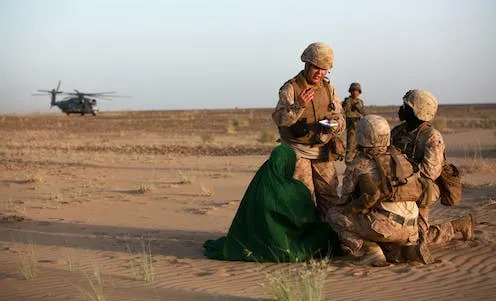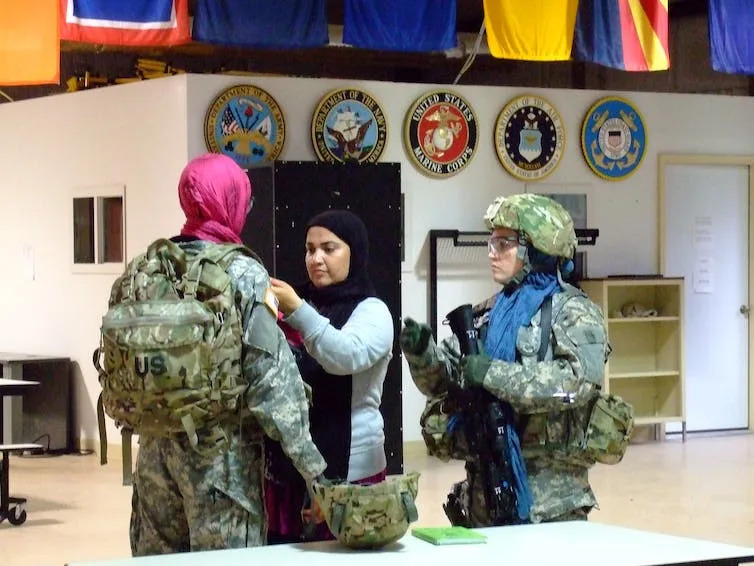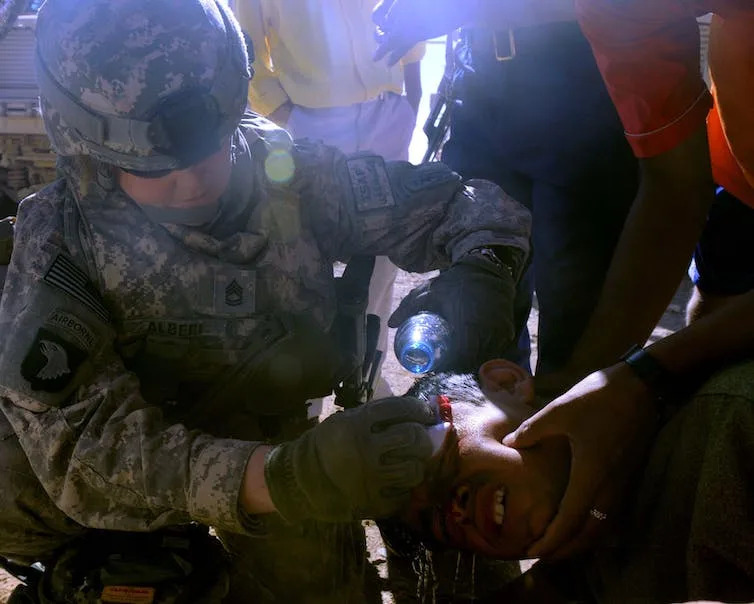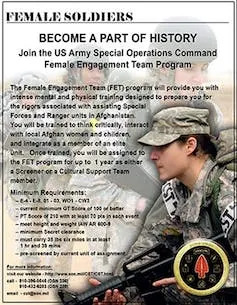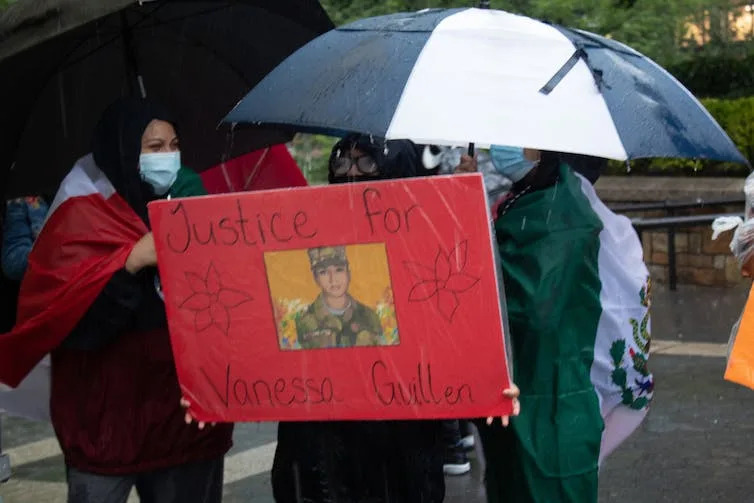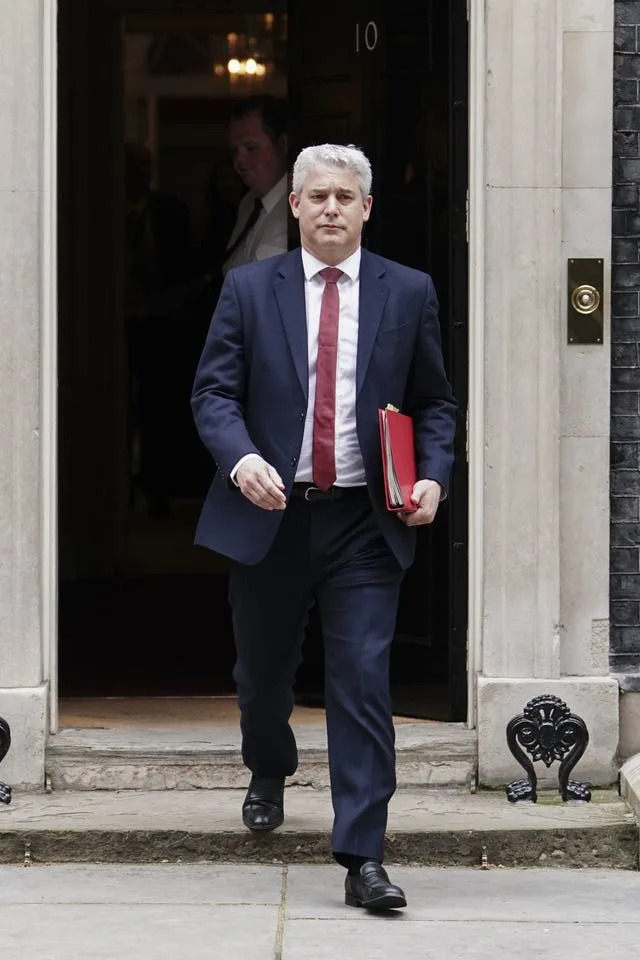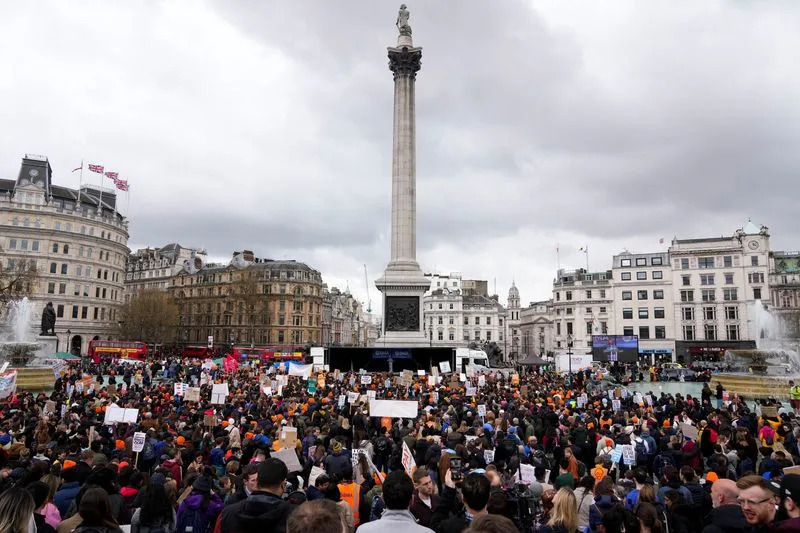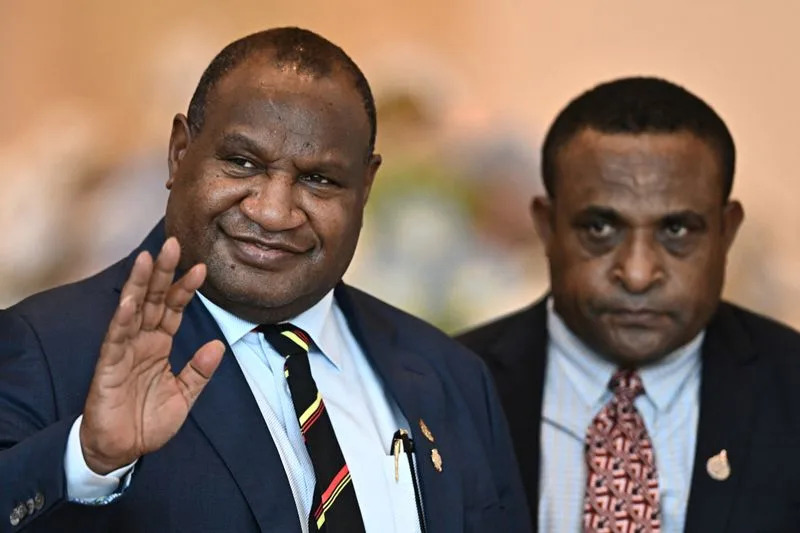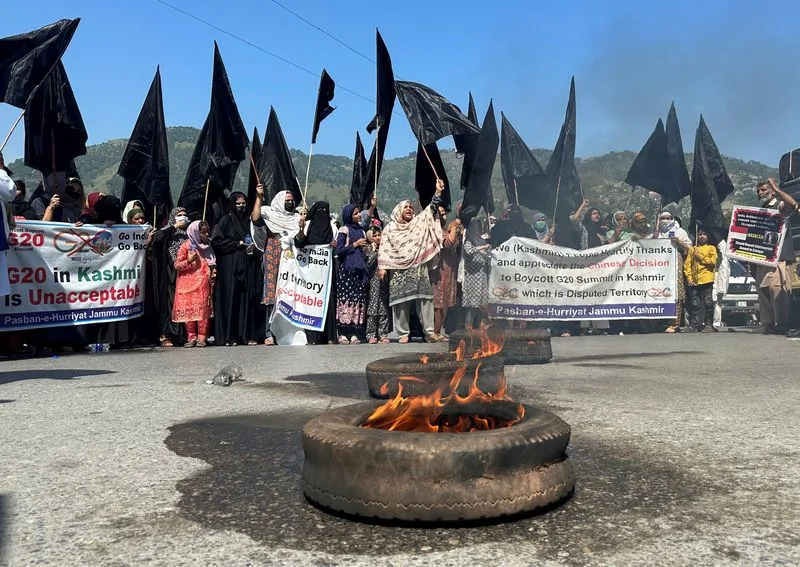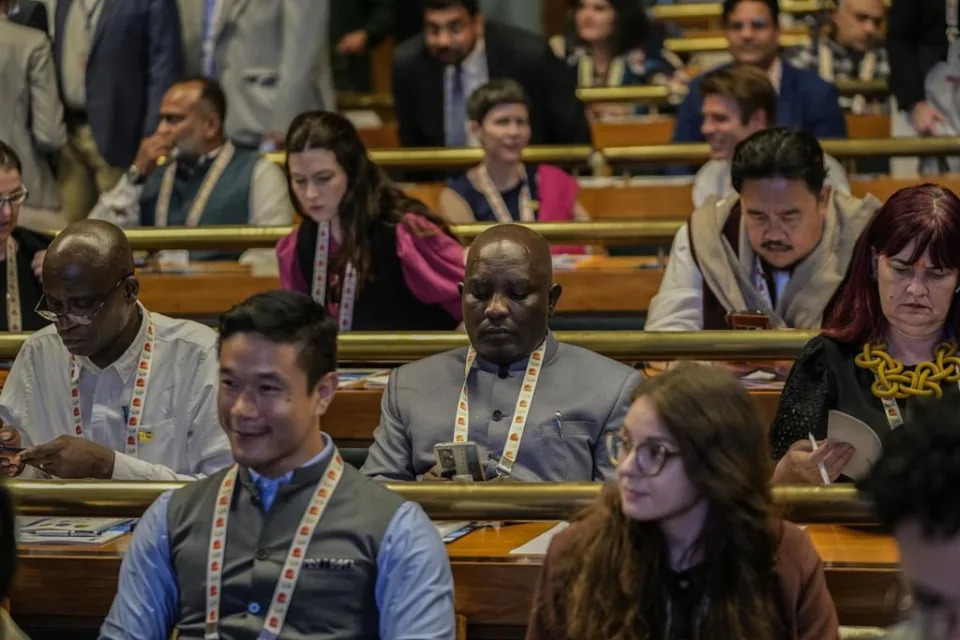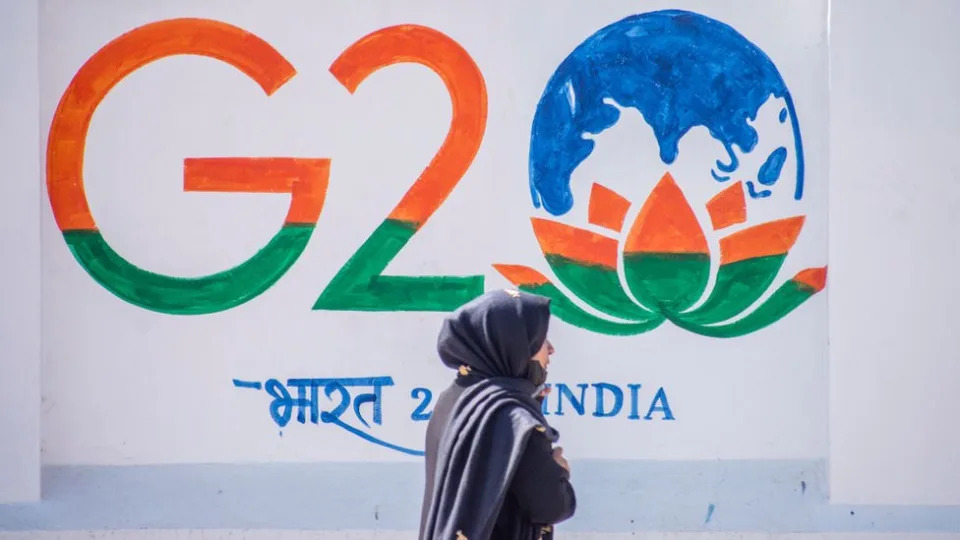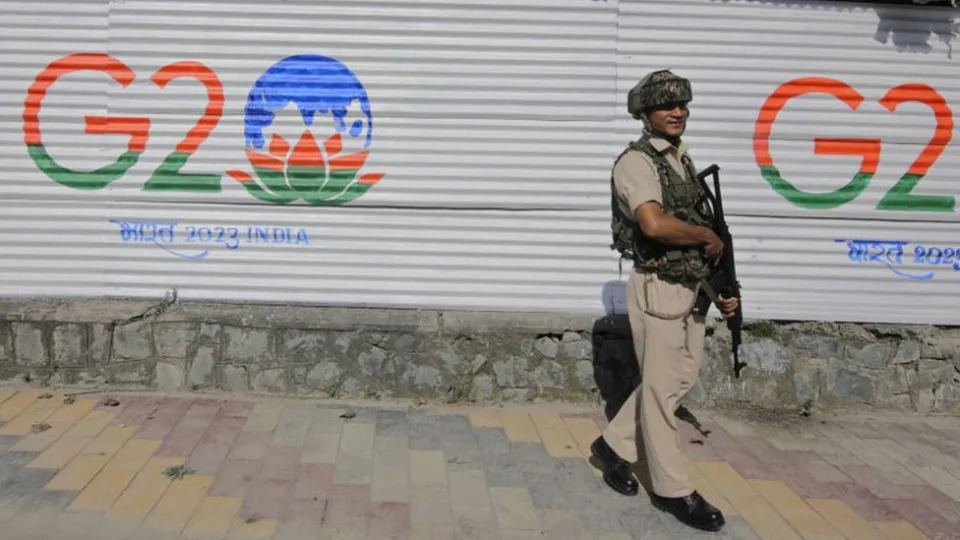Marc PREEL and Marc BURLEIGH
Thu, May 18, 2023

For Moldovan President Maia Sandu, EU membership is the only guarantee against becoming Russia's next target
Moldova wants EU membership "as soon as possible" as protection against a threat from Russia and hopes for a decision to start negotiations "in the next months," President Maia Sandu told AFP in an interview.
The small nation of 2.6 million people, nestled between EU neighbour Romania and war-ravaged Ukraine, will on June 1 hold its first major summit of wider Europe.
That gathering of the European Political Community -- a forum created last year that brings together leaders of all 27 EU countries with 20 neighbours of the bloc -- will be an occasion for Moldova to burnish its candidate credentials.
For Sandu, EU membership is the only guarantee against becoming Russia's next target.
Her country, a former Soviet republic, already has a breakaway region, Transnistria, where Russia has stationed a small number of troops.
"Of course, nothing compares to what is happening in Ukraine, but we see the risks and we do believe that we can save our democracy only as part of the EU," she said.
"We do believe that Russia will continue to be a big source of instability for the years to come and we need to protect ourselves," added Sandu, on the sidelines of a Council of Europe of summit in Iceland that wrapped up on Tuesday.
The 50-year-old leader, in office since 2020, in February accused Russia of fomenting a coup to try to seize power in Moldova.
She has called for Moldovans -- who polls show are overwhelmingly behind joining the European Union -- to hold a pro-EU rally on Sunday.
"The Ukraine war made things black and white. So it's very clear what the free world means, and what the authoritarian world means, for all of us," she said.
- 'Realistic project' -
Russia's war next door suddenly firmed up the prospect of EU membership for Ukraine and Moldova.
Both countries applied last year to join the bloc and in June 2022 became candidate countries, along with Georgia.
"We do believe that this is a realistic project for us and we are looking forward to see this happening as soon as possible," Sandu said.
Membership, however, could take a decade or more to attain, given the long list of requirements candidate countries must meet to be able to sit alongside the other nations in the European single market.
Unlike Ukraine, Moldova is small enough to be able to be integrated into the European Union relatively easily.
But it faces several challenges to bring its democratic standards up to EU levels, notably in terms of fighting corruption.
Its fragile economy, energy security and the issue of Transnistria, with its 30,000 pro-Russian population, all need to be addressed as well.
Transnistria, in the east of Moldova, is not recognised by the international community. The zone sprang up in 1990 after a brief civil war that erupted when the Soviet Union collapsed, and ended up from 1992 as a frozen conflict.
"We are struggling to have peaceful resolution of the conflict, and we've been calling on Russia to withdraw its illegally stationed troops," Sandu said.
"We need a geopolitical opportunity to be able to solve the conflict."
The president, who has started the process of taking her country out of the Russia-dominated Commonwealth of Independent States, added: "What kind of relations can you have with a regime which kills innocent people in the neighbouring country?"
Moldova was ready to cooperate only with "democratic countries, with countries which respect the territorial integrity of other countries, which respect the international rules based system," she said.
Russia brandished Ukraine's desire to one day join NATO as one of its justifications for invading its neighbour.
For Moldova, that is not a door on which it is about to knock.
Moldova was not rethinking its stance of being a neutral country for now, Sandu said.
"But there are discussions in our society about whether neutrality protects us and if at some point people will change their view, of course we will reconsider this decision. In the meantime, we are trying to consolidate the defence sector of Moldova and we are counting on our friends."
For "friends" Moldova is leaning heavily on the other participating countries of the European Political Community.
The June 1 summit in Chisnau, Sandu said, "is important because we see that we are not alone, that we have many friends".
map-rmb/ach
